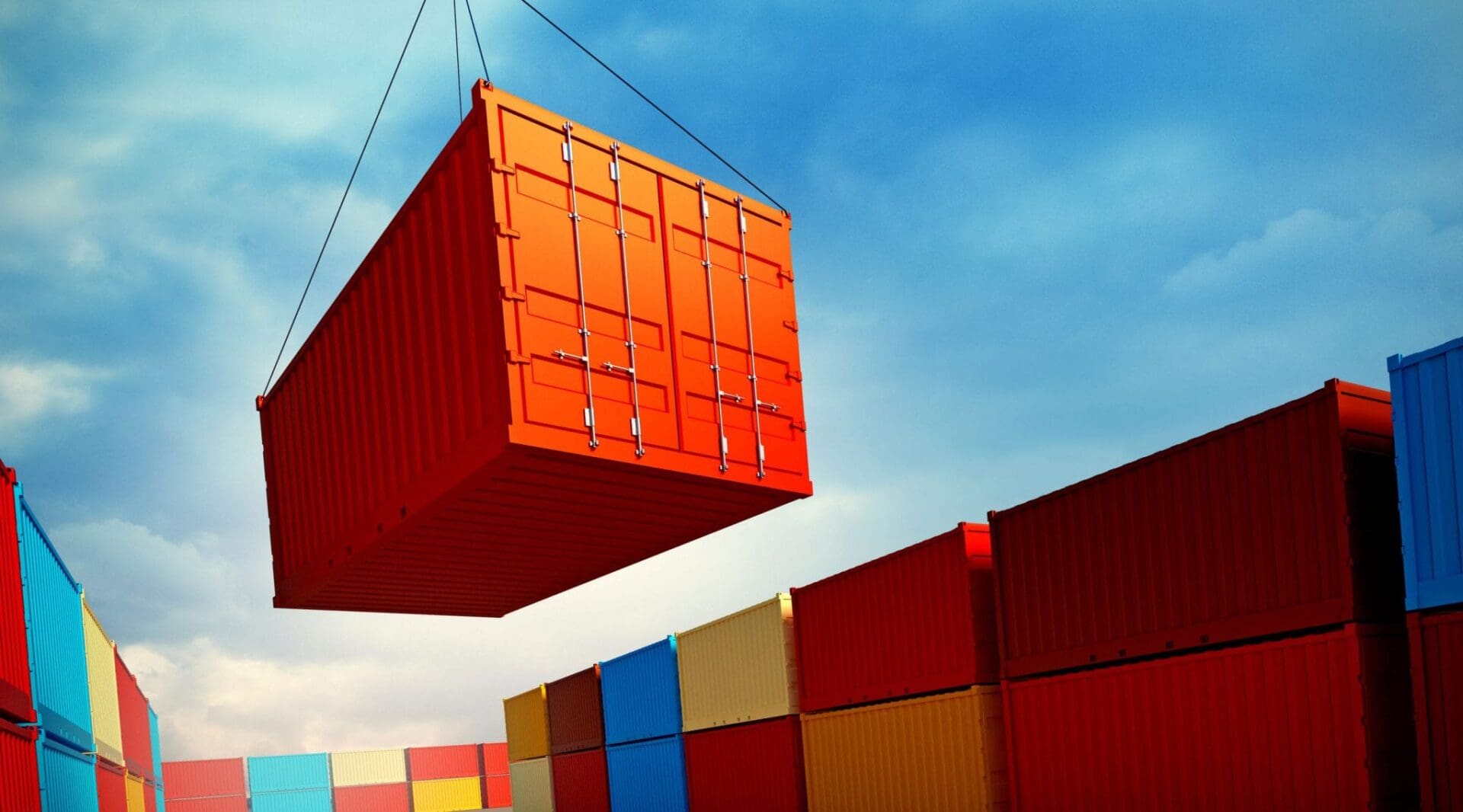Delays at Shanghai’s Yangshan Port (Updated)
News Alert
> 06/19/2025 > Reminder: Reciprocal 90-day Pause Timeline
> 06/16/2025 > Steel Derivative List Expanded to Include Appliances
> 06/04/2025 > 50% Steel and Aluminum Tariffs Confirmed by Executive Order
> 6/02/25 > USTR Extends Certain Exclusions from China Section 301 Tariffs
> 06/02/2025 > Steel and Aluminum Tariffs to Increase to 50% on June 4
> 06/02/2025 > IEEPA Reciprocal In-Transit Date Extended Until June 16

Delays at Shanghai’s Yangshan Port (Updated)
Posted on Apr 18
Delays at Shanghai’s Yangshan Port are expected to last well into mid-May. The situation at the port is caused by three main factors, a large amount of Hanjin containers taking up terminal space, terminal and service changes caused by the changes in carrier alliances, and apparent capacity mismanagement among major terminal operators in the port that created uneven terminal utilization situations.Apparent overbooking by carriers worsened the situation as in-gated containers had to be held over for the next departure, reducing terminal throughput and creating a container shortage situation at inland points.Additionally weather conditions at Shanghai and other North China ports called by carriers contributed by delaying vessels and forcing changes to berth plans.Some carriers bypassed Shanghai in order to keep their sailing schedules alive, leaving in-gated containers in the terminal waiting for the next voyage, adding to the already worsening space situation that additionally was impacted by larger than expected bookings as shippers wanted to beat an expected May 1 rate increase and booked large amounts of containers ahead of the increase.The Shanghai Port Authority is working on solutions to mitigate the situation, but experts expect that the situation will not be resolved before mid-May at the earliest.We will monitor the situation and advise updates when they are known, your Account Team will advise any issues with containers that are caught up in this situation.
April 18thThe Port of Yangshan at Shanghai, China, currently reports delays caused by very foggy conditions hindering vessels to move into the port. There is not sufficient information from the Port Authority available to know when the weather situation is supposed to change.Additional problems are created by shrinking capacity caused by the realignment of shipping alliances which created overbooking situations that cause delays at the port.The largest impact seems to be on European cargo caused by a recent shortage in container capacity in the eastbound Europe-Asia trade, which prompted the European Shippers’ Council (ESC) to issue a warning in March of more potential trouble ahead.Should we encounter problem with cargo to the US we will immediately advise updates on cargo status.
